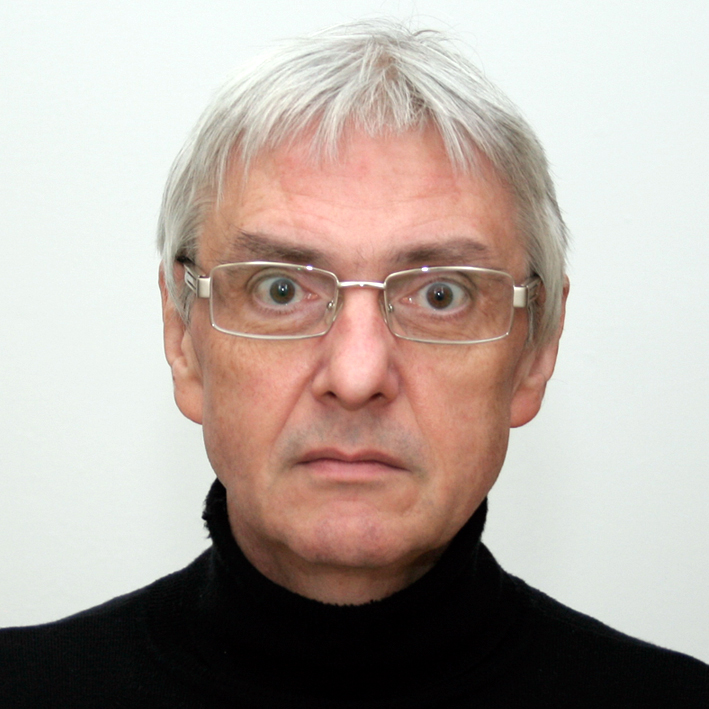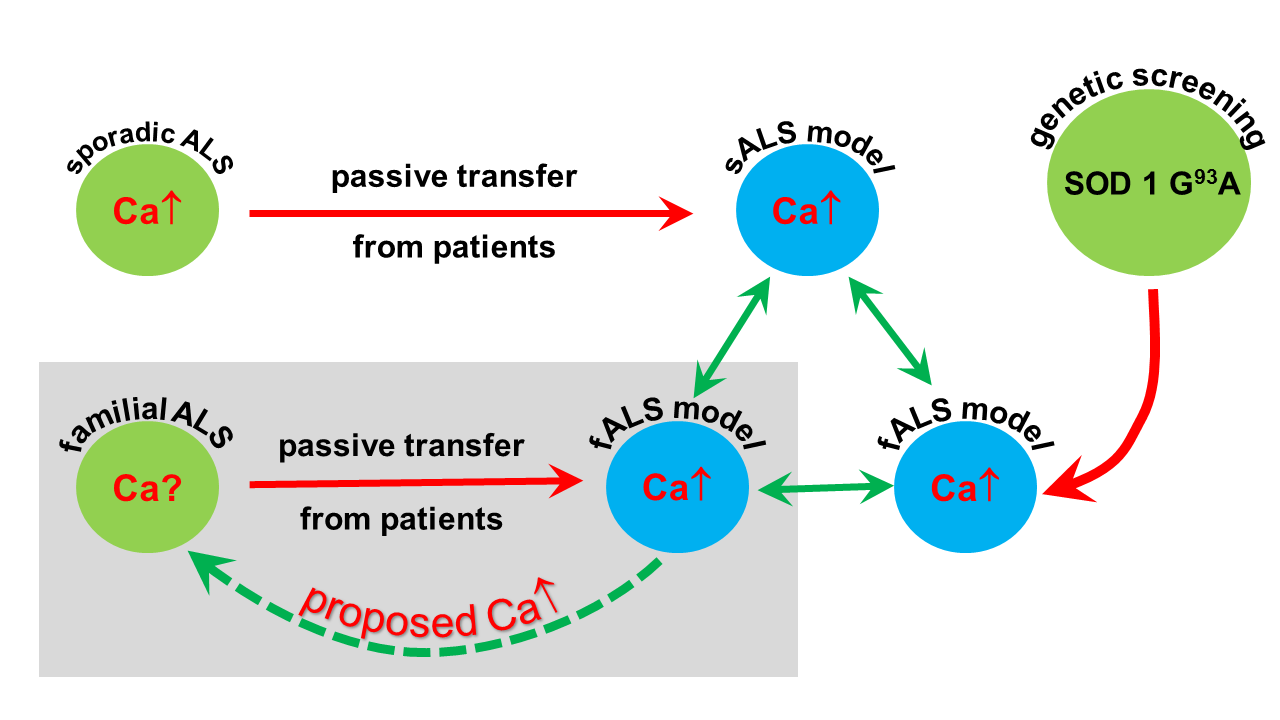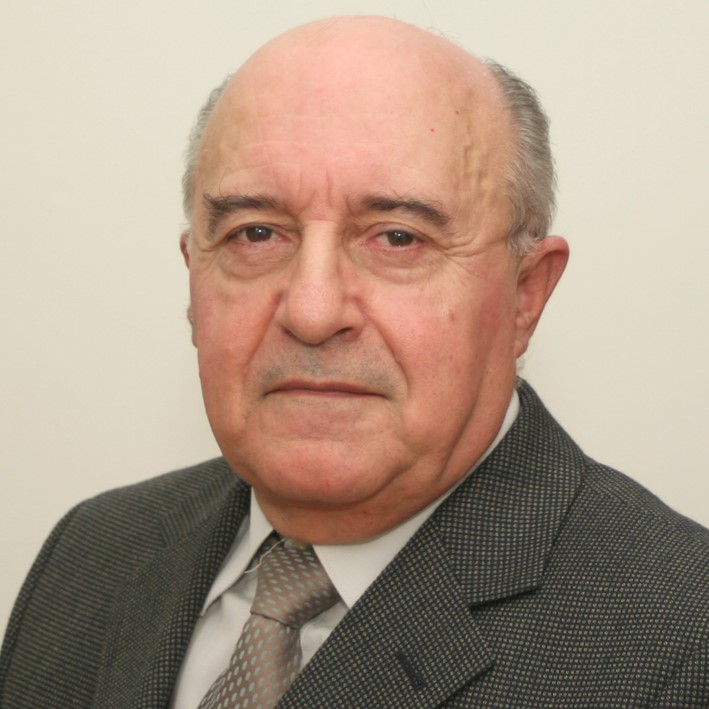
The research group has discovered some basic mechanisms of both motoneuron disease and major depression. Using human samples from amyotrophic lateral sclerosis (ALS) patients, they have documented the lesion of neuromuscular synapses and the disturbance of calcium homeostasis in motor neurons. They have also verified that similar alterations develop in transgenic and immune-mediated animal models of ALS. During their studies they disclosed cellular mechanisms responsible for the similar clinical appearance of the sporadic and familial form of the disease. Similarly, they have performed pioneering experiments to develop and validate the synaptogenic hypothesis of depression. In human patients and animal models of depression, they have documented a significant reduction of spine synapses in limbic brain areas, while antidepressant medication facilitated the formation of new synapses.

The current research in the group focuses on the reciprocal signalization between motor neurons and their neighboring non-neuronal cells in the central nervous system. Their aims are to elucidate the differences in the level of cytokines and chemokines, changes in the magnitude and temporal activation of microglia in different brain regions upon chronic and acute motor nerve injury. Quantitative evaluation of such changes requires a combination of light microscopic immunohistochemistry and immunofluorescence methods. Their long-term purpose is to understand the correlation between the natural resistance of unique motor neurons and the severity of the inflammatory response of these cells upon injury.
The major problem in successful treatment of depression is antidepressant resistance. Their current work, therefore, aims at investigating whether anti-glutamatergic drugs and their analogs are capable of antagonizing the synaptolytic effect of stress and preventing the development of depression.
From a methodological point of view, they expect breakthrough results from the ongoing development on the implementation of an automated morphometric system using computer aided electron microscopic tomography, which gives an opportunity to a detailed quantitative characterization of neuronal structures at ultrastructural level.

scientific adviser

research fellow

PhD student

laboratory assistant

emeritus scientific adviser
 László SIKLÓS
László SIKLÓS
|
scientific adviser | publications | CV |
 Roland PATAI
Roland PATAI
|
research fellow | publications | |
 Tamás POLGÁR
Tamás POLGÁR
|
PhD student | publications | CV |
 Erika BÁNFINÉ RÁCZ
Erika BÁNFINÉ RÁCZ
|
laboratory assistant | ||
 Árpád PÁRDUCZ
Árpád PÁRDUCZ
|
emeritus scientific adviser | publications |